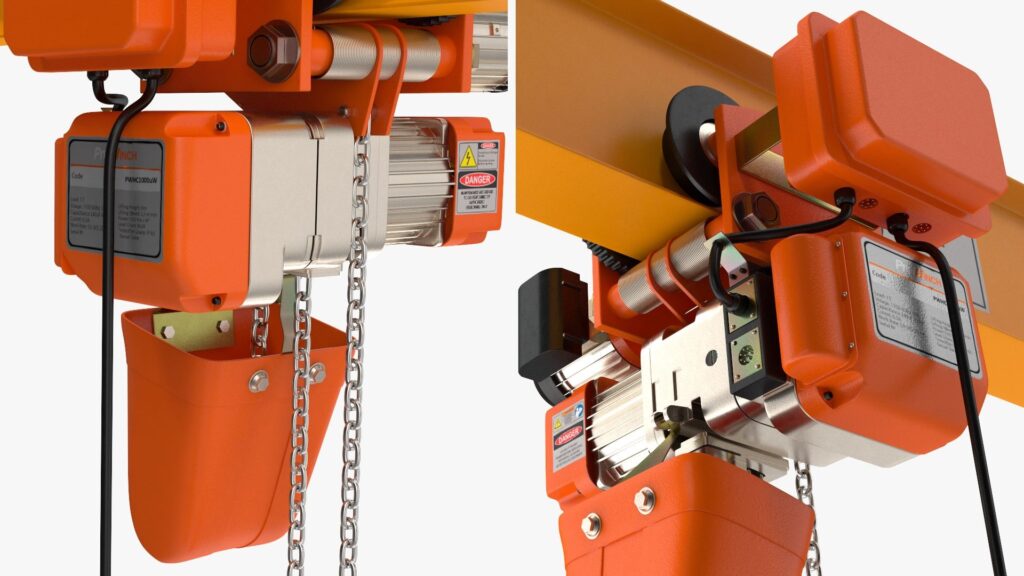Designing a business room salon requires a careful balance of functionality and style, creating an environment that is not only aesthetically pleasing but also conducive to productivity and comfort. The essence of a successful salon space lies in its ability to cater to both the needs of clients and the professionals working within it. When conceptualizing the layout, it is essential to prioritize open spaces that facilitate movement while maintaining a sense of intimacy. Consider using modular furniture that can be easily reconfigured to accommodate different types of services, whether it is hair styling, nail care, or spa treatments. For example, movable styling stations allow for flexibility in arranging the space for group events or individual services, adapting to the salon’s dynamic nature. Ensuring that each area is well defined yet interconnected will help create a harmonious flow, enabling staff to transition seamlessly from one task to another. Lighting plays a crucial role in salon design, affecting both the ambiance and the functionality of the space.

Natural light should be maximized, as it not only enhances the aesthetic appeal but also creates a more inviting atmosphere for clients. Strategically placed mirrors can amplify light, making the salon feel more spacious and vibrant. For areas requiring focused tasks, such as coloring or precision cutting, adjustable task lighting is essential. This combination of natural and artificial lighting ensures that every corner of the salon is well lit while enhancing the overall design. Color palettes and materials also contribute significantly to the 역삼 매직미러 aesthetic. Opting for calming hues such as soft pastels or neutral tones can evoke a sense of relaxation, which is paramount in a business room salon. Incorporating textures through textiles, wood, and stone can add warmth and character to the space. Upholstered seating areas should be comfortable and stylish, encouraging clients to relax while waiting for their services. Additionally, incorporating plants or greenery can introduce a refreshing element, improving air quality and creating a serene environment.
The integration of technology is another key aspect of modern salon design. Providing clients with Wi-Fi access, charging stations and digital booking systems not only enhances their experience but also streamlines operations. Ergonomic workstations equipped with the latest tools and equipment can significantly improve the efficiency of staff, allowing them to deliver high-quality services more effectively. Lastly, personalization can elevate the salon’s appeal. Displaying local art or rotating featured artists can foster a sense of community while enhancing the salon’s visual identity. Creating dedicated spaces for retail products can further engage clients, encouraging them to explore and purchase products that complement their salon experience. In conclusion, designing a business room salon that marries functionality with style involves a thoughtful approach to layout, lighting, materials, technology, and personalization. By focusing on these elements, salon owners can create an inviting atmosphere that enhances the client experience while promoting efficiency and comfort for staff, resulting in a successful and stylish business environment.







